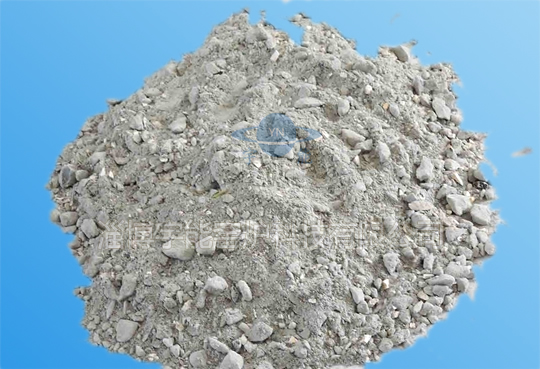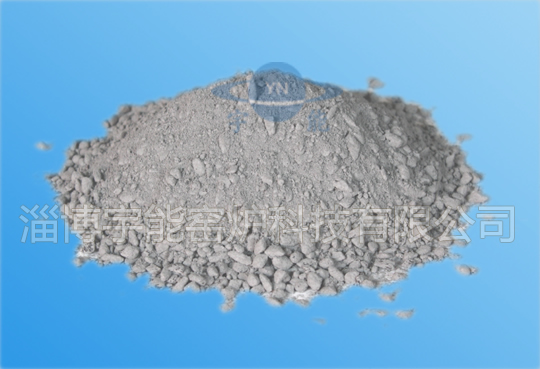Zibo Yunneng Kiln Technology Co. Ltd. Zibo Yunneng Kiln Technology Co. Ltd.
Free delivery samples
high quality assurance
Engineer's door-to-door guidance
lifelong technical support
Contact us+86159669653330086-533-5331887
Zibo Yunneng Kiln Technology Co. Ltd. Zibo Yunneng Kiln Technology Co. Ltd.
Free delivery samples
high quality assurance
Engineer's door-to-door guidance
lifelong technical support
Contact us+86159669653330086-533-5331887
Home -> News -> News -> Castable Technology ->
1. The following contents should be strictly checked before the construction of castables:
1.1 Check the shape and cleaning of the equipment to be poured;
1.2 Check the integrity of the construction equipment, vibrating tools, etc. must have intact spare parts
;
1.3 Check the anchor type, size, arrangement and welding quality, metal anchors must be compensated for expansion;
1.4 Check the surrounding refractory brick lining and insulation layer to prevent water loss measures of castables;
1.5 Check the packaging and date of manufacture of the castable, and carry out preliminary tests to check whether it is invalid;
1.6 Check the construction water, the water quality must reach the quality of drinking water.
Where the above items are unqualified, they shall be processed before they can be qualified. Expired materials may not be used. In the construction of castables, it is necessary to ensure no power cuts and no interruption in construction.
2. The template for castable construction can be made of steel or hardwood. The template should have sufficient strength, good rigidity, no shape, no displacement, no leakage. The steel formwork should be coated with a release agent, and the wooden formwork should be painted with a waterproof paint. Reusable templates should be cleaned before painting.
3. The amount of water added to the castable should be strictly controlled according to the instruction manual and must not exceed the limit. Under the premise of ensuring the construction performance, the amount of water should be less and less.
4. The mixing time of the castable should be no less than 5 minutes. Use a forced blender when operating. When mixing, it is advisable to dry mix beforehand, then add 80% water to stir, then slowly add the remaining water according to the dryness and wetness, and continue to stir until the proper working consistency is obtained. The mixer should be cleaned before mixing different castables.
5. The castable must be used in whole bags. The stirred castables are typically used up within 30 minutes. In the high temperature and dry working environment, it is necessary to shorten this time. Castables that have been initially condensed or even agglomerated shall not be poured into the mold frame, and shall not be mixed with water.
6. The pouring material poured into the mold frame should be layered and shattered with a vibrating rod immediately. The height of each layer should be no more than 300mm, and the vibration spacing should be about 250mm. Try to avoid touching the anchor when shaking, and do not shock or tremble in the same position. After seeing the surface of the castable, the vibrating rod should be slowly extracted to avoid segregation and voiding in the castable layer. After the pouring is completed, the cast body can no longer be pressed and shocked before solidification.
7. When pouring large areas, it is necessary to divide the blocks. The area of each casting area is about 1.5m2. The expansion joints shall be designed as designed and shall not be missed. The expansion joints should be left at the anchor spacing.
8. After the surface of the castable is dry, immediately cover the exposed part of the air with a plastic film or a straw bag. After the initial condensation arrives, it should be regularly sprinkled and maintained to keep the surface moist. The curing time is at least two days, and the first day should be watered. After the castable is finally set, the side mold can be removed and the water spray can be maintained. However, the load-bearing formwork needs to be 70% of the strength to be demoulded.
9. The castable should be inspected in time after the template is removed. It is found that quality problems such as honeycomb, spalling and voids should be handled and repaired in time. When the problem is serious, the defect part should be cut away to expose the anchor, and then the same quality of the solid material should be used to fill the tamping, and the maintenance should be continued. It is forbidden to use the cement mortar to level the problem to cover up the problem.
Relevant Product Display
 High aluminum and high strength castable G-16
High aluminum and high strength castable G-16
 Clay firebrick
Clay firebrick
 Standard castable series
Standard castable series
 High strength refractory castable DC-17
High strength refractory castable DC-17
Relevant information
Hotline